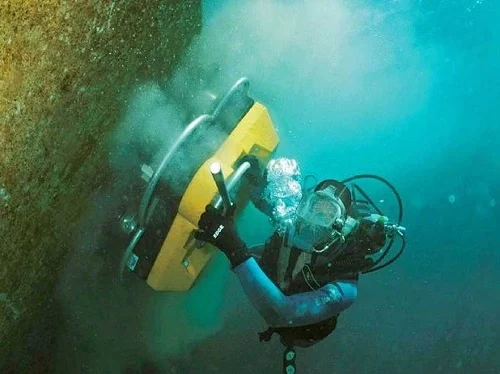
Underwater Cleaning of Curves: Techniques and Best Practices
The underwater cleaning of curves refers to the specialized process of removing fouling, marine growth, and debris from curved or contoured surfaces of submerged structures or vessels. Cleaning curves presents unique challenges compared to flat surfaces due to their geometry and accessibility. This guide explores the importance, methods, and considerations for effectively cleaning underwater curves.
- For vessels, curved sections like bows and bilge areas often experience significant water resistance when fouled.
- urved surfaces on underwater structures, such as pipes or tank walls, can accumulate debris that leads to corrosion or weakening if not removed.
- Unchecked marine growth can compromise the functionality of underwater systems, such as intake valves or curved propeller shrouds.
- Regular cleaning ensures a clean and professional appearance, especially for visible curved structures like aquarium domes or architectural underwater features.
Underwater cleaning of curves requires specialized techniques and equipment to address the unique challenges posed by their geometry. Proper maintenance of curved surfaces enhances operational efficiency, extends the lifespan of assets, and ensures compliance with environmental and safety standards. By employing the right methods and tools, underwater curves can remain clean and functional in even the most challenging conditions.


